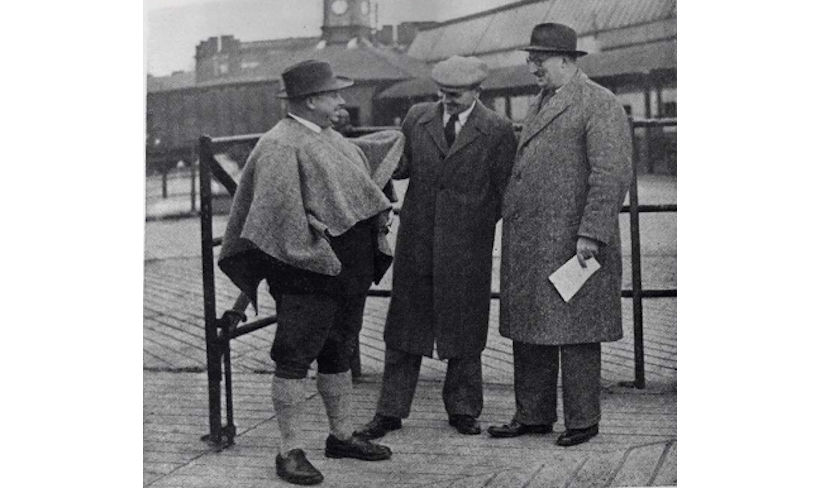Red Polls Make Headway in South America
The Red Poll ArchiveThe oustanding impression formed by Mr. D. A. Cobbald, when he visited the South American state of Colombia last summer to judge at the National Cattle Show in Bogota, was the noticable improvement in the Red Poll breed since his previous visit five years earlier.
"I found their Red polls had improved a great deal," he said, "The young stock were better grown and the udders of most of the older cows were greatly improved."
Mr. Cobbald stated that all the animals in the Show were handled and presented in much the same way as in England. This in itself was a very great advance and breeders as wel as their men showed much more interest.
Mr. Cobbald then referred to the bull classes, "Of the bulls sent our from England," he said, "Hallingbury Aristocrat was outstanding. In fact, he was acclaimed the best bull of any breed in the Show although, and in my opinion, rightly so, there was no interbreed competition. The other exported bulls were quite creditable."
Mr. Cobbald then commented on the cows and heifers that cam before him and he particularly stressed the need for great care when animals are being selected for export. "Some of the females were not so good and I thought the udders of the home-bred animals were on the whole better than those that had been exported from England. While one or two of the heifers won their classes, and, in my opinion, would make good cows, others were not a credit to our Red Poll breed.
"I think heifers should be selected with more care, particularly as to udder formation. Two or three of the worst I would have sent to the butcher rather than have them in my own herd."
Among those who chatted with Mr. Cobbald as he inspected the animals was the President of Columbia, General Rojas Pinilla.
Another point which Mr. Cobbald stressed about his visit was in relation to the status of any cattle judge who visits South America.
"He is looked upon as an ambassador from Great Britain and his duties are by no means confined to putting the animals in order at the Show. His comments are valued in many ways.
"Even when he is judging he is required to give a commentary to explain to the spectators why he puts animals in a particular order.
"In my case, of course, the comments were translated into Latin-American by a translator who was there for that purpose."
Mr. Cobbald went on to mention that when he previously visited Colombia in 1950 he drew attention to the possibilities of the large-scale production of rice. He now says that the crop is grown so extensively that rice is included among Colombia's exports.
A suggestion which he put forward this time and which aroused a good deal of interest, was that the country's farmers might well take up the cultivation of oil-seed crops such as linseed.
Mr. Cobbald also formed the impression that there are great possibilities for the expansion of Colombia's beef industry. In some parts of the country farming methods are quite intensive, but there are many thousands of acres of prairie land producing good grass of which relatively little use is made.
After his Colombian tour, Mr. Cobbald spent a week in Jamaica, where he visited a number of leading cattle breeders. One feature of livestock farming there, which interested him considerably, is the growing practive of crossing British cattle with Brahmin types in an effort to combine the milk and beef characteristice of the former with the abilities of the Asiatic animals to withstand high temperatures. Very encouraging results, he stated, are being obtained from the Red Poll crosses.
Taken from Newsletter, No. 113, Spring 2019
The image below shows Mr. Cobbald wearing the ruana - a type of blanket made from wool - which was presented to him on his earlier visit to South America. Whilst the secretary inspect it, Mr. Angus Reynolds looks on.

